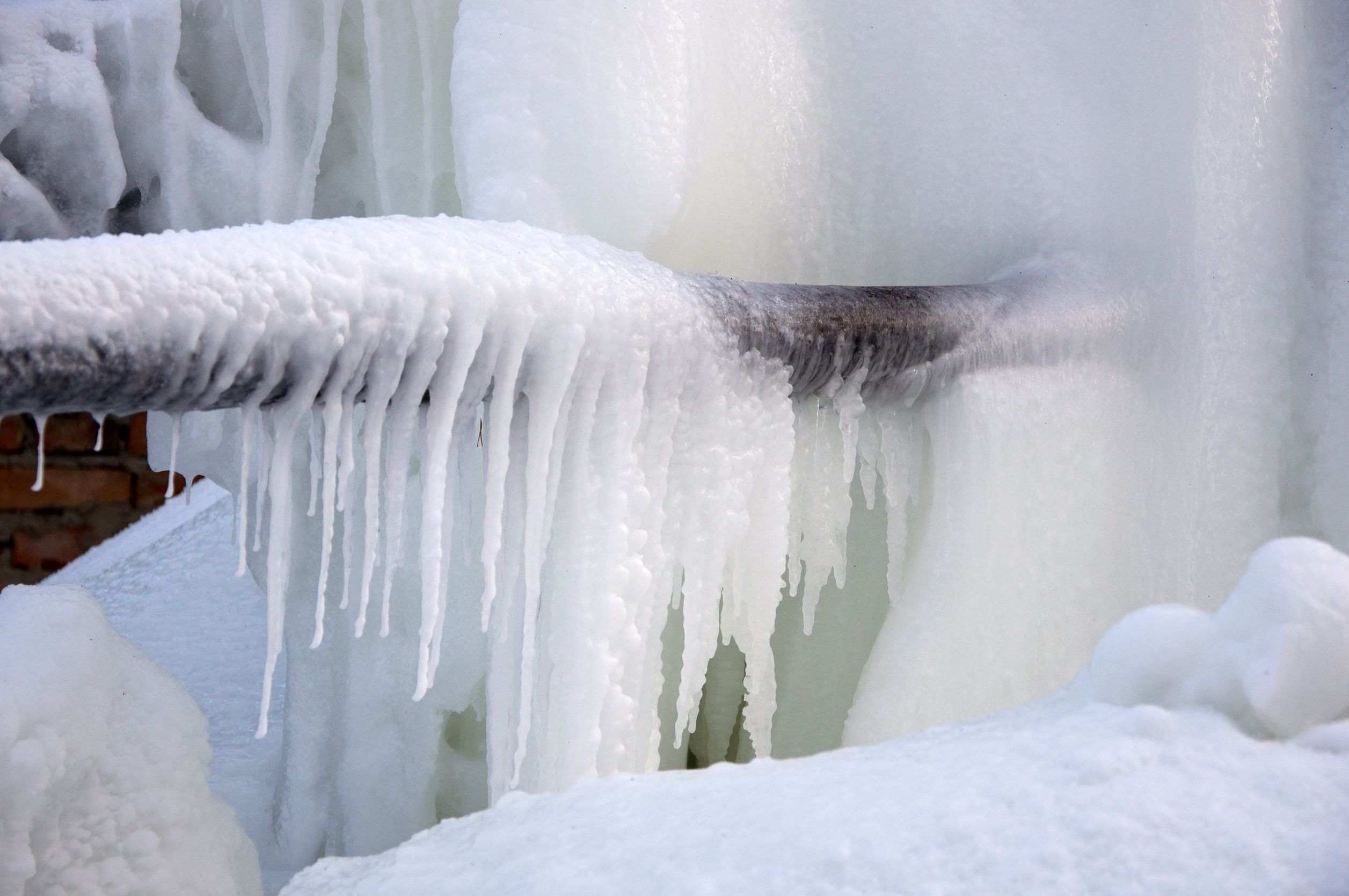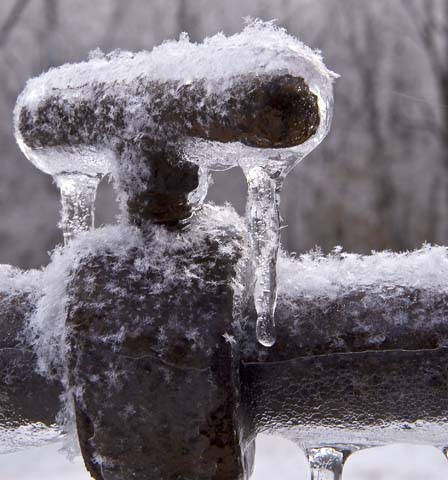How to Keep Your Pipes from Freezing Damage: Essential Advice
How to Keep Your Pipes from Freezing Damage: Essential Advice
Blog Article
How do you really feel in relation to Helpful Tips to Prevent Frozen Pipes this Winter?

Winter can wreak havoc on your pipes, particularly by freezing pipelines. Below's how to avoid it from taking place and what to do if it does.
Intro
As temperatures drop, the danger of frozen pipelines increases, possibly leading to expensive repairs and water damage. Recognizing how to avoid icy pipes is crucial for house owners in cool climates.
Prevention Tips
Protecting at risk pipelines
Wrap pipes in insulation sleeves or utilize warm tape to shield them from freezing temperatures. Focus on pipes in unheated or outside areas of the home.
Home heating methods
Maintain indoor areas properly heated, especially locations with plumbing. Open cupboard doors to allow warm air to circulate around pipes under sinks.
Just how to recognize icy pipes
Search for decreased water flow from faucets, uncommon smells or noises from pipes, and noticeable frost on revealed pipelines.
Long-Term Solutions
Architectural adjustments
Consider rerouting pipes far from outside walls or unheated areas. Include added insulation to attic rooms, cellars, and crawl spaces.
Upgrading insulation
Buy top quality insulation for pipelines, attic rooms, and walls. Proper insulation helps keep constant temperatures and reduces the threat of frozen pipes.
Shielding Outside Plumbing
Yard hose pipes and exterior faucets
Separate and drain yard hoses prior to wintertime. Install frost-proof spigots or cover exterior faucets with protected caps.
Understanding Frozen Pipelines
What creates pipes to freeze?
Pipelines freeze when subjected to temperature levels below 32 ° F (0 ° C) for prolonged durations. As water inside the pipelines ices up, it increases, putting pressure on the pipe wall surfaces and possibly causing them to burst.
Risks and damages
Frozen pipes can result in water system interruptions, building damages, and pricey repairs. Ruptured pipelines can flood homes and cause extensive architectural damages.
Indications of Frozen Pipeline
Identifying icy pipelines early can prevent them from breaking.
What to Do If Your Pipelines Freeze
Immediate activities to take
If you think frozen pipelines, keep taps available to alleviate stress as the ice melts. Make use of a hairdryer or towels soaked in warm water to thaw pipes gradually.
Verdict
Protecting against icy pipelines requires proactive steps and quick responses. By recognizing the causes, indications, and safety nets, property owners can secure their pipes during cold weather.
5 Ways to Prevent Frozen Pipes
Drain Outdoor Faucets and Disconnect Hoses
First, close the shut-off valve that controls the flow of water in the pipe to your outdoor faucet. Then, head outside to disconnect and drain your hose and open the outdoor faucet to allow the water to completely drain out of the line. Turn off the faucet when done. Finally, head back to the shut-off valve and drain the remaining water inside the pipe into a bucket or container. Additionally, if you have a home irrigation system, you should consider hiring an expert to clear the system of water each year.
Insulate Pipes
One of the best and most cost-effective methods for preventing frozen water pipes is to wrap your pipes with insulation. This is especially important for areas in your home that aren’t exposed to heat, such as an attic. We suggest using foam sleeves, which can typically be found at your local hardware store.
Keep Heat Running at 65
Your pipes are located inside your walls, and the temperature there is much colder than the rest of the house. To prevent your pipes from freezing, The Insurance Information Institute suggests that you keep your home heated to at least 65 degrees, even when traveling. You may want to invest in smart devices that can keep an eye on the temperature in your home while you’re away.
Leave Water Dripping
Moving water — even a small trickle — can prevent ice from forming inside your pipes. When freezing temps are imminent, start a drip of water from all faucets that serve exposed pipes. Leaving a few faucets running will also help relieve pressure inside the pipes and help prevent a rupture if the water inside freezes.
Open Cupboard Doors
Warm your kitchen and bathroom pipes by opening cupboards and vanities. You should also leave your interior doors ajar to help warm air circulate evenly throughout your home.

As a devoted reader on How To Avoid Freezing Pipes, I assumed sharing that segment was important. Please pause to distribute this article if you enjoyed it. We enjoy reading our article about Preventing and dealing with frozen pipes.
Contact Us Now Report this page